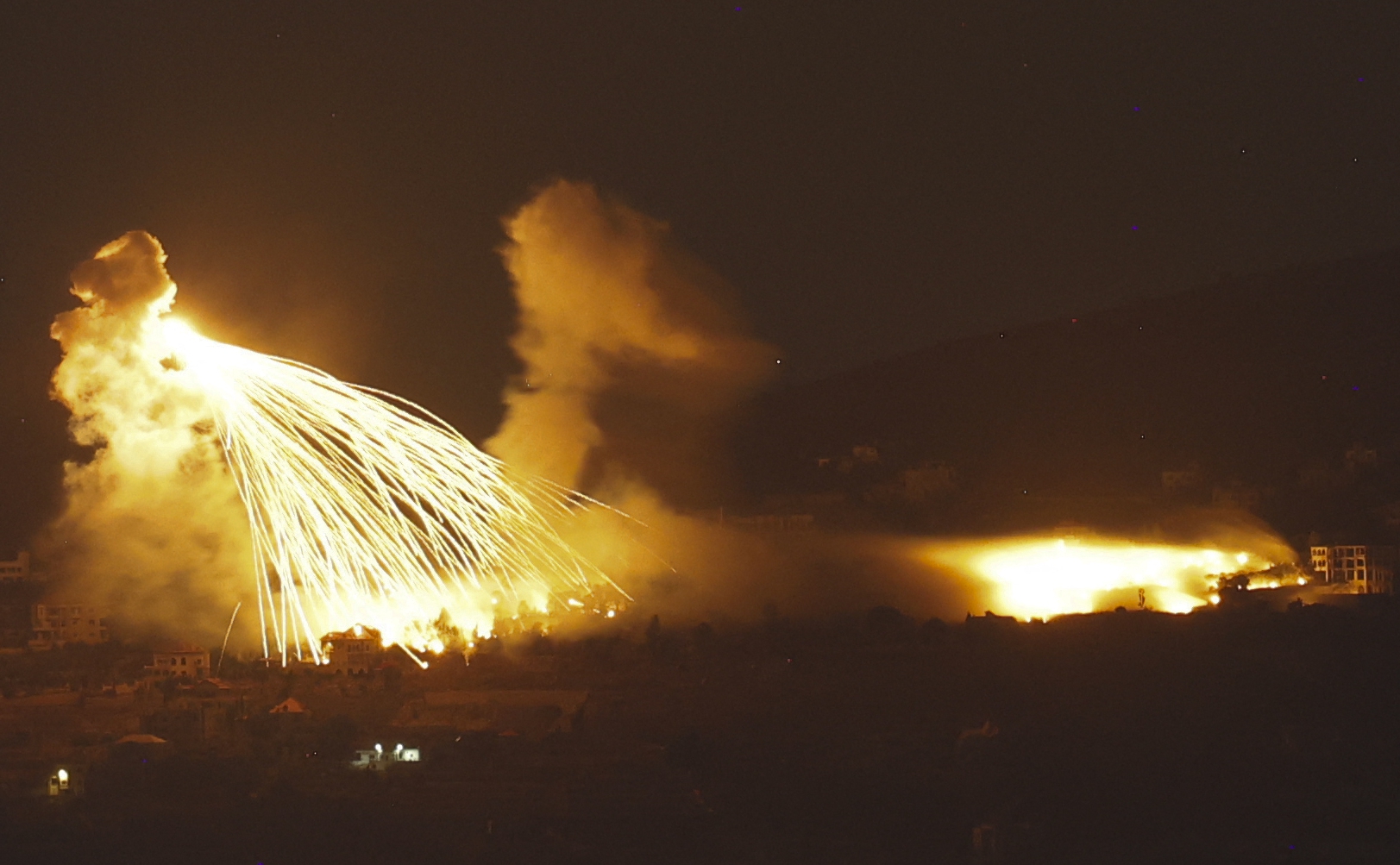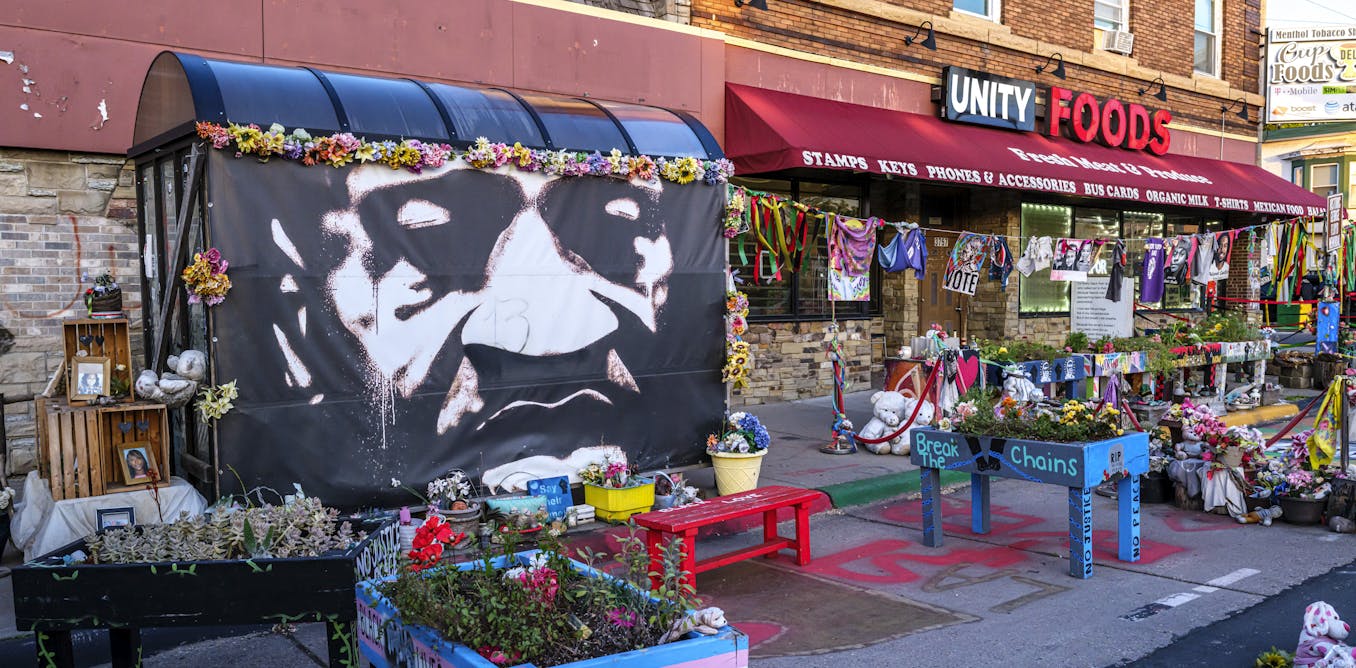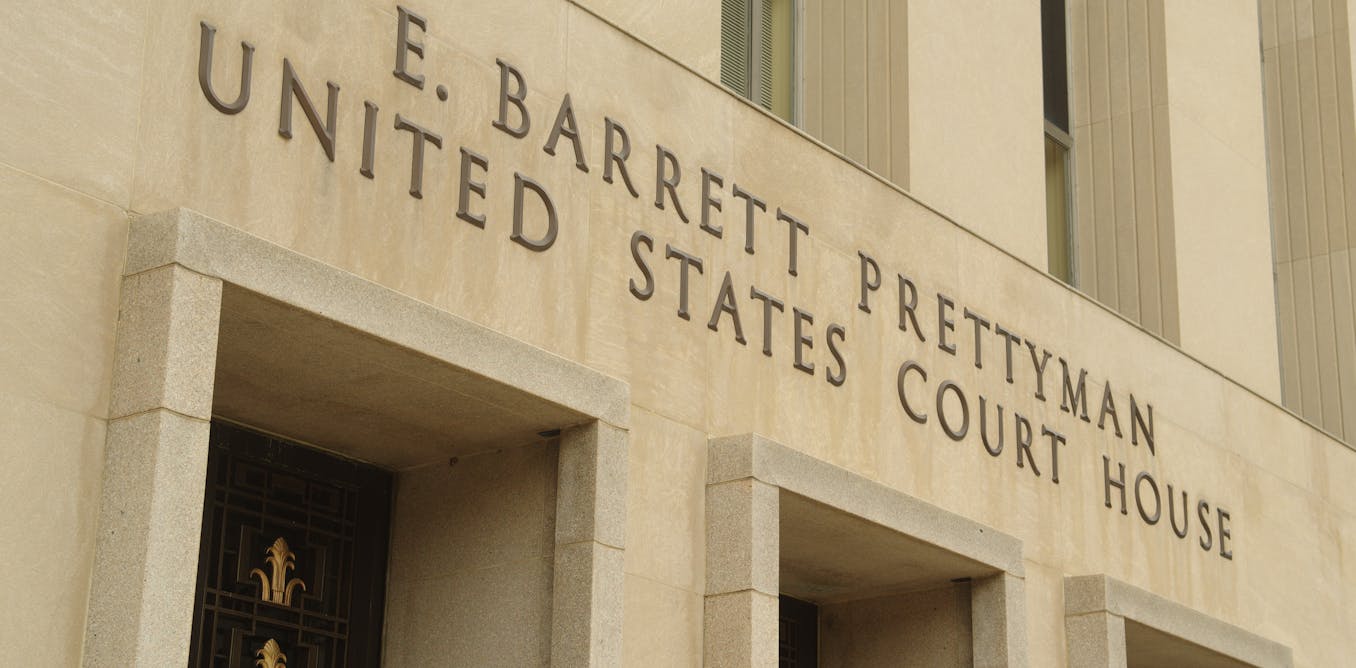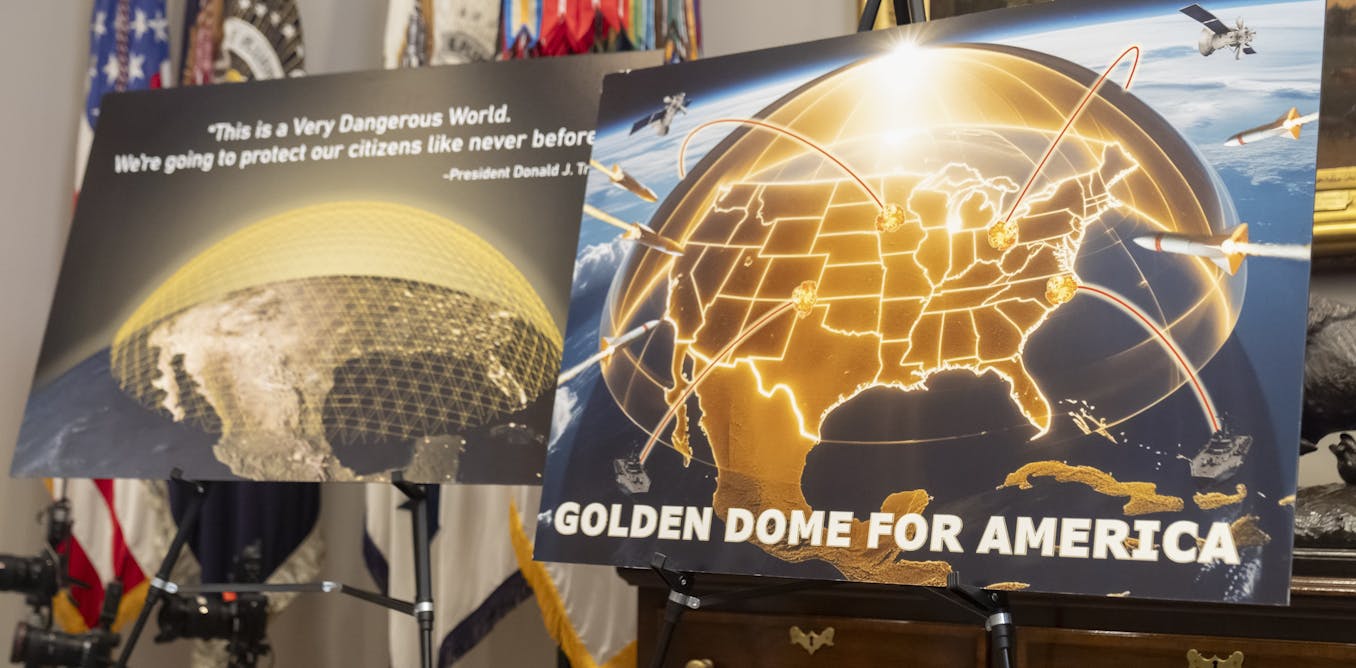ISRAEL has vowed to “crush Hezbollah” in a chilling statement hours after launching its long-awaited ground offensive.
Israeli troops were locked in fierce clashes in Lebanon after launching Operation “Northern Arrows” in a major escalation of the conflict.
12

12

12

12

12

12

Heavy fighting continued to rage in southern Lebanon today as 25,000 Israeli troops stepped up their ground war to smash Hezbollah rocket sites.
Israeli commanders said the invasion would be “limited, localised and targeted” and would not involve an occupation.
But clashes intensified through the night with Hezbollah launching rocket and artillery barrages toward Israeli troops massing on the border.
Terror troops responded to the onslaught by launching early hours rocket and artillery barrages against the border town of Metula inside Israel.
Hezbollah also said it targeted Mossad’s headquarters in Glilot near Tel Aviv.
It said it “launched salvoes of Fadi 4 rockets at the Glilot base of the military intelligence’s unit 8200 and the Mossad headquarters located on the outskirts of Tel Aviv.”
It comes as…
Defending Israel’s position, National Security Minister Itamar Ben Gvir called for continued operations to “crush the terrorist organization” to allow residents who have fled Northern Israel to return home safely.
He said: “The decisions we made in the last few days are important, correct and necessary.
“At the same time, this is the time not to stop, [we must] continue doing everything, with all our might.
“I pray for the success of the IDF soldiers who are currently fighting in difficult conditions in southern Lebanon; the people of Israel stand behind them.”
By dawn, loud booms could be heard across the frontier as an Israeli attack helicopter was seen launching rockets toward enemy positions.
Israel’s battle-hardened 98th Division were leading the onslaught after being moved north from fighting Hezbollah allies Hamas in Gaza.
The force – believed to number at least 25,000 – included crack paratroopers, commandos and engineers and were being guided by special forces teams who identified targets.
Israel will face up to 50,000 Hezbollah fighters and their network of terror tunnels as the terrorists are stacked up with guns, ammunition and thousands of rockets underground.
Commanders have ordered in a force around twice the size of the last Israeli invasion which withdrew after around a month in 2006.
The IDF said it would not allow another “October 7-style invasion” to happen accusing the terror group of planning to use villages near the border for an attack on Israeli homes.
IDF spokesperson Daniel Hagari said “Hezbollah turned Lebanese villages next to Israeli villages into military bases already for an attack on Israel.
“Hezbollah had planned “to invade Israel, attack Israeli communities and massacre innocent men, women and children. They called this plan, ‘Conquer the Galilee.’
“We will not let the 7th of October happen again on any one of our borders.”

12

12

12
His comment comes nearly a year after the bloody October 7 massacre at the Supernova music festival.
Israel warned Lebanese civilians not to drive in the area due to “intense fighting.”
Spokesman Avichay Adraee said: “Intense fighting is taking place in southern Lebanon.
“For your personal safety, we ask you not to travel by vehicles from the north to the south of the Litani River.”
An Israeli invasion will aim to push Hezbollah forces back across the Litani River running east to west above territory north of the frontier.
Hezbollah was supposed to have left the strip of land under the terms of a 2006 ceasefire deal but has continued to fire more than 9,000 rockets from bases in the area since October 7.
Troops were also understood to be working to clear and dismantle miles of Hezbollah tunnels close to the border.
Surviving Hezbollah chiefs – still reeling from the bunker bomb assassination of their leader Hassan Nasrallah five days ago – vowed to fight to the last man yesterday.
But in his first address since Nasrallah’ death, acting leader Naim Qassem appeared sweaty and uncomfortable as he signalled his badly wounded group’s defiance.
Qassem – one of the few Hezbollah chiefs still standing after at least 20 were taken out in recent days – dabbed his face with a handkerchief as he recorded his speech in a shuttered room.
Nasrallah’s deputy said: “We will face any possibility and we are ready if the Israelis decide to enter by land and the resistance forces are ready for a ground engagement.
“Despite the losses of its commanders, the attacks against civilians throughout Lebanon, and great sacrifices.
“We will not budge from our position. We will continue to support Gaza and to defend Lebanon.
Lebanese troops – whose forces operate independently of Iran-backed Hezbollah – pulled back to sidelines positions three miles from the border and did not take part in the fighting.
Lebanese media reported heavy shelling in the towns of Khiam and Wazzani, on the southern border with Israel.
US State department spokesman Matthew Miller confirmed Israel informed American allies about the raids, which he said were as “limited operations focused on Hezbollah infrastructure near the border”.

But more clashes were also reported early today as Hezbollah fighters claimed to have repelled a push into orchards in Adaisseh and Kafr Kela near the southern frontier.
More battlefields were reported to have erupted around the southern communities of Blida and Ainata.
Fighting erupted in an 850 square km area which is home to an estimated 20,000 people, including refugees from the bloodbath civil war in Syria.
But thousands of Syrian refugees were said to be fleeing back home – fearing the Israeli onslaught will be even worse than the mayhem back home.
Israeli sources said the focus of the operation was on clearing out Hezbollah terror sites to halt rocket attacks which have driven 60,000 from homes in Northern Israel in the last 11 months.
Israeli diplomatic sources said yesterday that the military aim was to push terror group’s forces back beyond the Litani River, in line with a UN Security Council resolution.
Hezbollah’s decade of destructive preperation

By Foreign News Reporter Juliana Cruz Lima
Following the 2006 Lebanon War, in which Israel and Hezbollah fought to a bloody standstill, the terror group began preparing for the next conflict.
They constructed a vast underground network across southern Lebanon.
The lessons of that war, in which Hezbollah’s small, mobile units were able to surprise and sometimes overpower Israeli forces, have been embedded in its military doctrine ever since.
The tunnels are now a key part of this strategy, allowing Hezbollah to replicate the tactics of insurgencies around the world: strike fast, disappear, and use the enemy’s size and strength against them.
Some of these tunnels have been found stretching into Israeli territory, designed to facilitate surprise raids deep inside northern Israel.
In 2018, the IDF launched Operation Northern Shield, a months-long mission to detect and destroy Hezbollah’s cross-border tunnels.
The discovery of these tunnels — some reinforced with concrete and running dozens of meters underground — revealed just how advanced Hezbollah’s capabilities had become.
Last month, Hezbollah revealed its hidden terror tunnel network from which missiles can be launched in a chilling threat to Israel.
A blood-curdling video released by the Lebanese terrorists revealed a giant underground roads with enough room for lorries to transport their deadly weapons.
Posters of leaders and soldiers adorn the tall stone walls as heavily armed men speed through the “missile city” in motorbikes.
Trucks loaded with enormous missiles make their way through the dark roads in a frightening glimpse of the terrorists’ arsenal.
Drone footage then shows the seemingly endless terror maze, which also appears to be home to military tech and computers.
Inside the terror tunnels, Hezbollah fighters can move unseen, store weapons, and launch ambushes, creating a dangerous cat-and-mouse game with the IDF.
They can also move into a much larger network of bunkers, missile silos, and command centres, deeply embedded in civilian areas.
These tunnels – which can stretch for miles – link critical positions, allowing Hezbollah fighters to emerge, strike, and then vanish back underground before Israel can respond.
Reports also suggest that Hezbollah has been expanding its tunnel network in southern Lebanon in recent weeks.
Once this objective is achieved, talks could begin to broker a way of enforcing the resolution to allow refugees on both sides of the border to return home.
But analysts fear huge civilian casualties – and fallout which will suck regional and world powers into a widening war.
Elsewhere in Lebanon, Israeli commanders said its warjets targeted a Hezbollah weapons manufacturing site close to Beirut Airport.
And Israeli air strike was also reported to have killed three people and wounded nine in Syria’s capital Damascus overnight.
But the onslaught has so far failed to stop Hezbollah launching rockets toward Isreali soil with more interceptions early today.
One man was reported to have been moderately hurt by shrapnel in Sharon in central Israel.
PM Benjamin Netanyahu vowed to double down on Hezbollah with “full force” while the IDF pledged to fight “until victory”.
The UK Government has chartered a flight for Brits to escape Lebanon after thousands were urged to flee.

12

12

12




